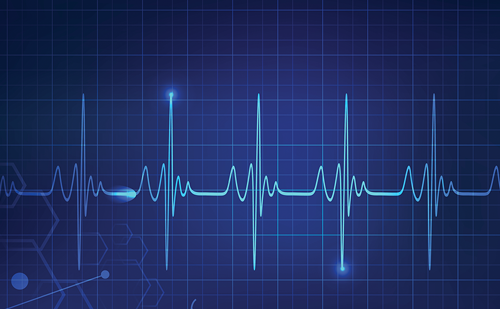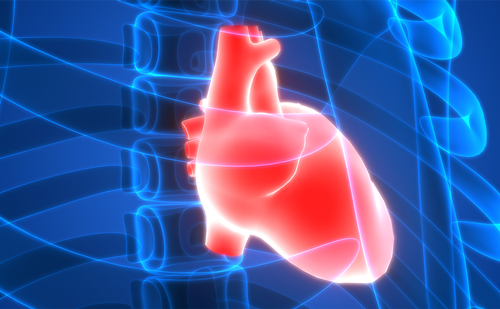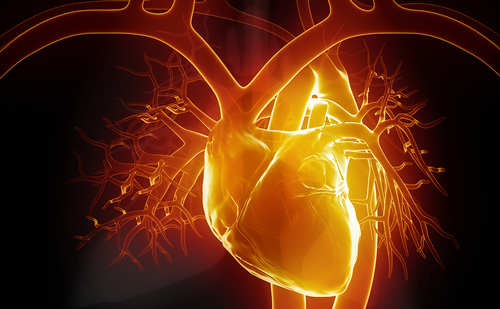Real-time three dimensional transesophageal echocardiography: technical aspects and clinical applications
Abstract:
Overview
Real-time three-dimensional transesophageal echocardiography (RT3DTEE) is now commonly used in daily clinical practice. The transesophageal, compared to the transthoracic approach, allows the visualization of the whole spectrum of the mitral valve apparatus and the posterior cardiac structures. Moreover, images obtained by RT 3D TEE provide a unique and complete visualization of the mitral valve prosthetic elements. Indeed, the possibility to visualize guidewires and catheters in cardiac chambers and their relationship with cardiac structures during percutaneous transcatheter procedures reduces the time of radiation exposure and simplifies the approach becoming the reference method for monitoring. This review aims to underline the potential clinical applications and the advantages of RT3DTEE compared to other methods.
Keywords
Real-time transesophageal echocardiography
Article:
Article Information:
Correspondence
Eustachio Agricola, Division of Non-Invasive Cardiology, Cardiothoracic Department, San Raffaele Hospital, IRCCS, via Olgettina 60, 20132, Milano, Italy E-mail: agricola.eustachio@hsr.it
Received
2010-02-27T00:00:00







